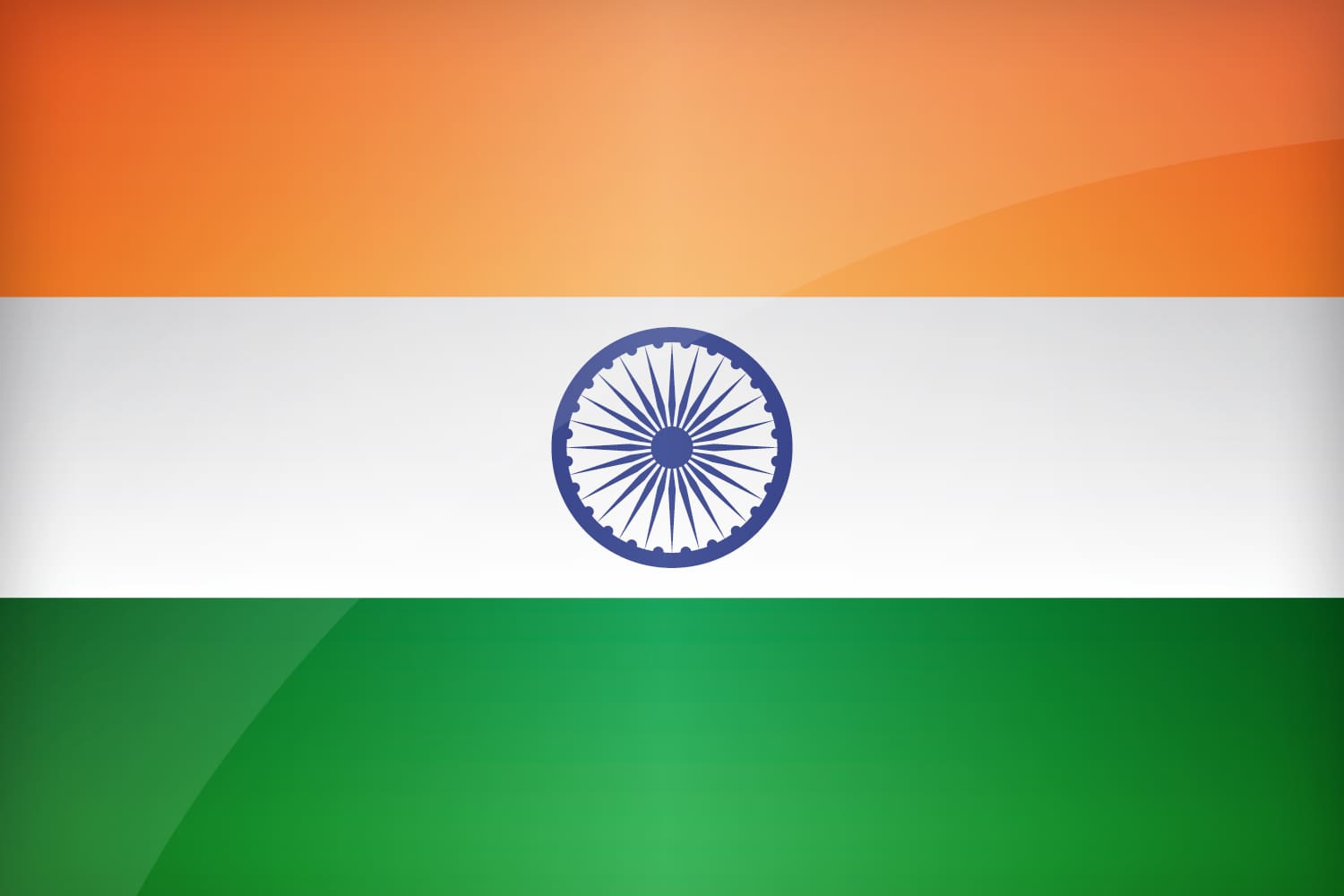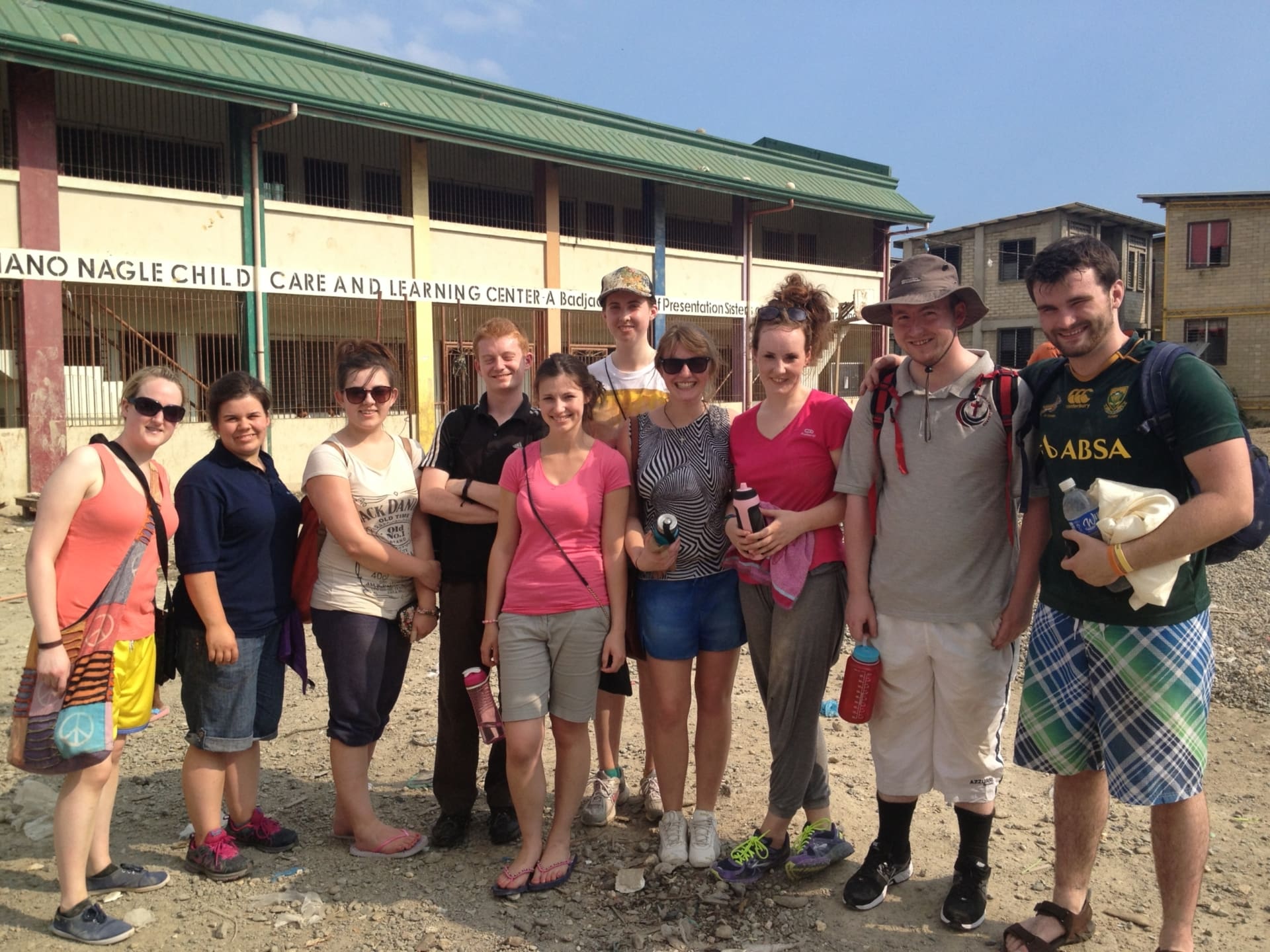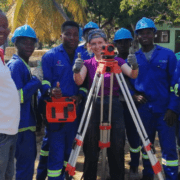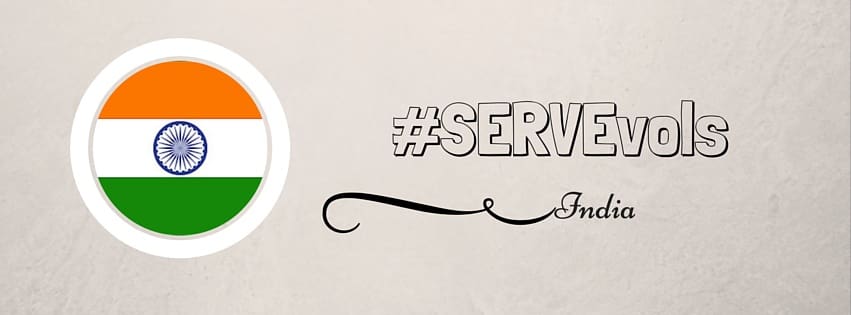“1 Child, 1 Teacher, 1 Book and 1 Pen Can Change the World” – Malala Yousafzai
There are two articles below from Hannah Kielty who volunteered with SERVE in India during July and August 2014. The first blog is Hannah’s reflection before departing and the second blog was written while overseas.
By Hannah Kielty
Being female, poor and living in a country affected by conflict are three of the most pervasive factors keeping children out of school. This is a truly powerful reflection of how all the MDGs are intrinsically linked. Goal 1: Eradicate hunger and extreme poverty, goal 3: promote gender equality and empower women, goal 5: improve maternal health, goal 8: develop a global partnership for development. If we were to meet all these goals by 2015 then our journey to reaching goal 2 would be notably reduced.
There are very few people in the world oblivious to the existence of the advocate for education, Malala Yousafzai. For those falling into that minority, let me elaborate. Malala is a Pakistani activist for female education and the youngest-ever Nobel Prize recipient. She is mainly known for her human rights advocacy for education and for women in her native Swat Valley in the Khyber Pakhtunkhwa province of northwest Pakistan, where the local Taliban had at times banned girls from attending school. Yousafzai’s advocacy has since grown into an international movement.
In October 2012, Malala whilst on her bus journey home from school was approached by a gun man and asked her name. Following her response, she was fired at three times over. One bullet hit the left side of Yousafzai’s forehead, travelled under her skin through the length of her face, and then went into her shoulder.
In light of the attempted assassination a global movement in support for Malala begun. United Nations Special Envoy for Global Education Gordon Brown launched a UN petition in Yousafzai’s name, using the slogan “I am Malala” and demanding that all children worldwide be in school by the end of 2015. Such was the start of MDG #2.
I suppose my decision to volunteer in India was partially founded on the basis of this human right. In India I will get the opportunity to teach some basic biology and chemistry to the students of St. Joseph’s Convent, Sumanahalli. I think it’s difficult for Irish people to understand the concept of a child not receiving an education, I know I struggle with it. Here you wouldn’t even think twice about whether or not the eight year old you saw walking down the street was in full time education or not. It’s the way of life for us.
With the help of initiatives such as ‘I am Malala’, it is heartwarming to read MDG2’s progression. Despite the fact progress has slowed in recent times and the target for 2015 now looks dull, to see the powerful statistics of achievement so far is remarkable. In 2009, net enrolment in primary education in developing countries stood at 89%. India specifically, had a net enrolment of 93.3% in 2011, while South Asia has a net enrolment of 89.8% in 2012 (figures obtained from The World Bank).
With all these figures in mind I am finding it more and more difficult to come to set my mind on what to expect. Will there be plenty of children going to school? Do they have school buses? Are uniforms even a thing over there? As my mind races from one idea to the next, my feelings of apprehension and excitedness strengthen.
Reflection from India
Now as I am settled fully into my daily routine here in Bangalore all my unanswered questions before leaving have been silenced. As I see children walking around the area in uniforms, school buses passing by regularly, and school buildings bustling with activity I see the importance of MDG2.
My first day visiting St. Josephs Convent School was one of the most notable of my India experiences so far. I was blown over by the enthusiasm and eagerness of all the children. One after one they ran up towards us greeting us and grabbing our hands, ‘who are these strange people and why is their skin different to ours?’ I’m sure they were thinking.
We were assigned our ‘standard’ (standard meaning class in our terms). We would have the pleasure of teaching 9th standard which consists of 14-16 year olds. Considering their age category, I was pleasantly surprised by their level of knowledge. The content of what we are teaching consists of concepts and terminology I certainly didn’t know at their age! From biology to chemistry their eagerness to learn does not waver. They are constantly asking questions and contradicting ideas to which I do my best to answer. It saddens me to think that some of these brilliant minds might not have gotten a chance to receive a full time education had they been born in a different time. The MDGs put in place really do open the doors for people in these countries and allow them to develop to their full potential.
However in spite of all this, it’s evident that MDG2 has not meant its target just yet. In the younger standards, 40/50 children are enrolled. As you progress up the standards the numbers decrease, 9th standard having just 15/20 students. Perhaps the children I’m teaching are so willing to learn because they know of so many people their age, some of whom used to be in their class that do not get the same opportunity. The young people in 9th standard are part of the luck minority in their cohort. It is disheartening as I watch the younger children of first and second standard as I know that year by year more and more of them will not return to this schoolyard.
The reasons why the majority of children leave primary education early vary. It could be to do with ill health, money, gender, family or in some cases even pregnancy. I do my best to imagine these issues being the cause of Irish students leaving full time education. Sure, it might mean taking a few months off school but the majority of Irish students would always return to school. For these children however, it means the end of the journey.
To not have a primary education in countries such as India is almost the ‘norm’. The main priority for millions of Indians is literally just having food on the table and some sort of shelter. It’s not that these people don’t have the brains, some of the smartest people in the world originate from India and other developing countries for sure, it is their circumstances that hinder them.
MDG2 must work to link in with the early school leavers and try to grasp and rectify the reasons for their leaving. It is a very difficult MDG to achieve as there will always be reasons outside our control why children do not return to school. I believe that more supports should be put in place to help and guide and encourage children to continue in their education. In Ireland for example, if a child is to miss 20 days or more the National Educational Welfare Board must be informed. An Educational Welfare Officer may visit the parents/guardians of the child to see how they can help to make sure that the child returns to school. It is agencies such as the concept of the NEWB that will help this MDG to reach its target of Universal Primary Education.
Is 2015 a realistic target for this MDG? All I can say is that time is of the essence, and our days are running out. Perhaps 2016 might be somewhat more realistic!






